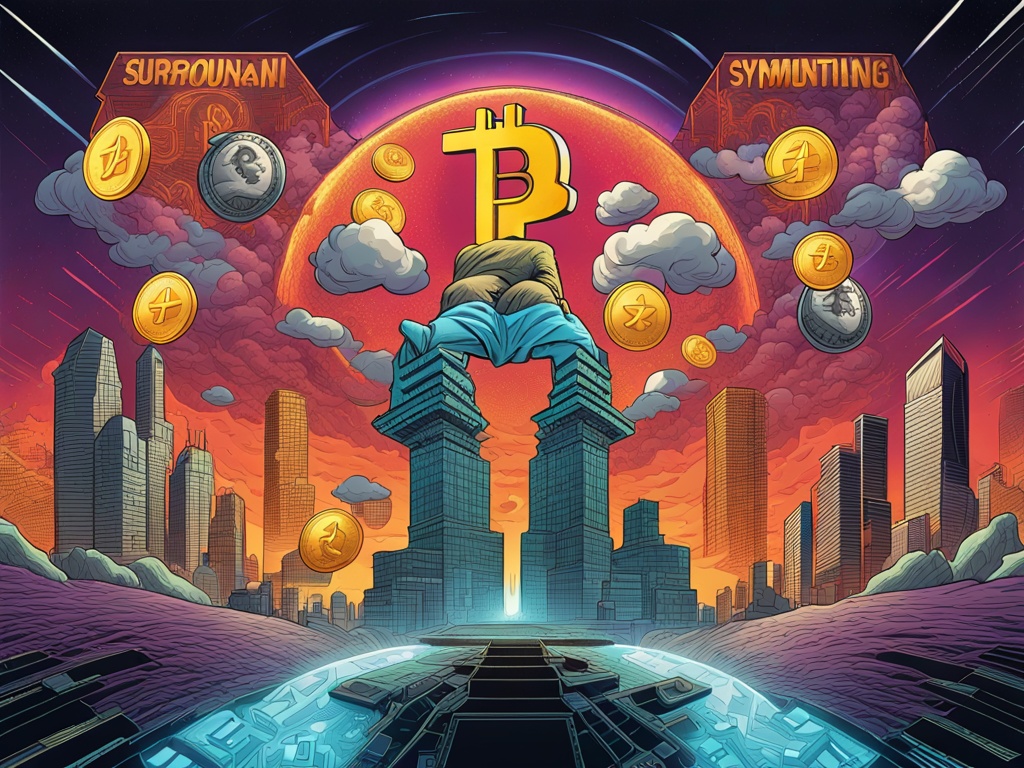Polter Finance Suffers Major Security Breach ⚠️
In a significant turn of events, decentralized finance platform Polter Finance encountered a substantial security breach this year, leading to a loss of $12 million due to a flash loan exploit. The unfortunate incident has raised serious concerns about the security measures in place for new markets, such as their SpookySwap feature.
Incident Overview 🔍
On November 17, 2024, Polter Finance acknowledged a severe security incident that forced them to halt operations immediately following the discovery of the exploit. The flash loan attack specifically targeted the newly created SpookySwap market, which had a mere valuation of $3,000 before the exploit transpired.
- Web3 security firm TenArmor identified that the security flaw stemmed from issues with the oracle pricing system, enabling attackers to manipulate flash loans effectively.
Impact on Assets 💰
Prior to the incident, Polter Finance managed an array of assets totaling $11.31 million. This amount included:
- $7.87 million in Fantom (FTM)
- $1.03 million in wrapped USD Coin (USDC)
- $251,000 in Magic Internet Money (MIM)
- $2.1 million in Stader sFTMX
Unfortunately, this total value was entirely drained during the exploit.
Actions Taken by the Founder 🔧
The founder of Polter Finance, who operates under the pseudonym Whichghost, promptly filed a police report in Singapore following the attack. Authorities there confirmed Whichghost’s identity via the Singpass digital identification system, which is used by residents and citizens for accessing governmental services.
Traced Funds and Ongoing Investigations 🕵️
Investigators on the case were able to trace the stolen assets to various wallets located on the Binance cryptocurrency exchange. This tracking can potentially aid law enforcement agencies in their efforts to recover the lost funds.
- Polter Finance communicated potential negotiation through on-chain messages with the attacker, proposing the possibility of leniency against prosecution.
However, as of the latest updates, there has been no response from the perpetrator.
Community Reactions and Speculations 🤔
The crypto community has voiced various opinions regarding the incident. Some users on social media have expressed doubts about the legitimacy of the attack, speculating that there might be insider connections given the timing and nature of the breach. While skepticism prevails, no substantial evidence has surfaced to support these insider theories.
Security Vulnerabilities Highlighted 🔓
The incident underscores critical security weaknesses in newly launched offerings. The stark contrast between the SpookySwap market’s modest value and the scale of the theft evokes concerns regarding protective protocols for new products within the platform.
Communication Efforts 📢
In the aftermath of the attack, Polter Finance maintained transparency by updating its users through social media platforms. The consistent communication ensured that stakeholders were kept informed during the initial stages of the breach and recovery efforts.
Understanding Flash Loan Exploits 💡
This incident aligns with a broader pattern of security breaches within the crypto space, specifically involving flash loans. These loans allow users to borrow significant sums of cryptocurrency temporarily, provided they repay by the end of the transaction block.
Legal and Investigative Processes ⚖️
The involvement of law enforcement and the confirmation of Whichghost’s identity through a governmental system add a formal aspect to the investigations. This documentation may assist in potential legal actions, should the identity of the attacker be uncovered.
The complete depletion of Polter Finance’s $12 million total value locked (TVL) marks this breach as one of the most impactful in recent crypto history, affecting various assets across its lending markets.
Hot Take 🔥
The events surrounding Polter Finance serve as a sobering reminder of the ongoing vulnerabilities present in the cryptocurrency landscape. Continued focus on security and vigilance in monitoring new protocols will be essential in preventing future exploitations and ensuring the safety of user assets.





 By
By
 By
By
 By
By

 By
By